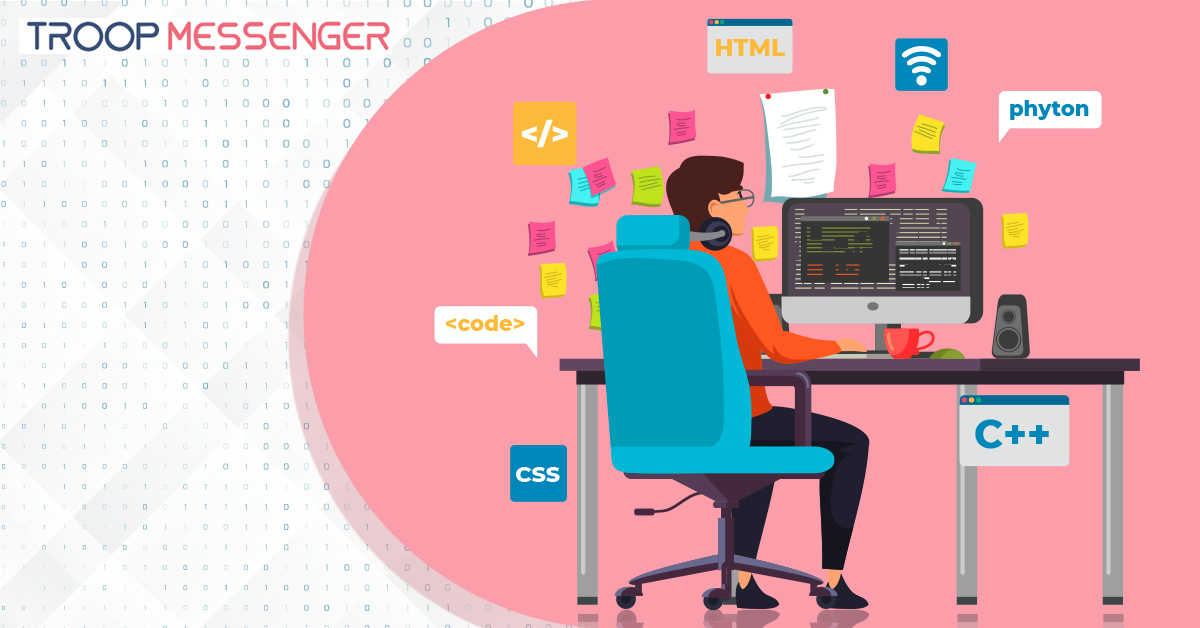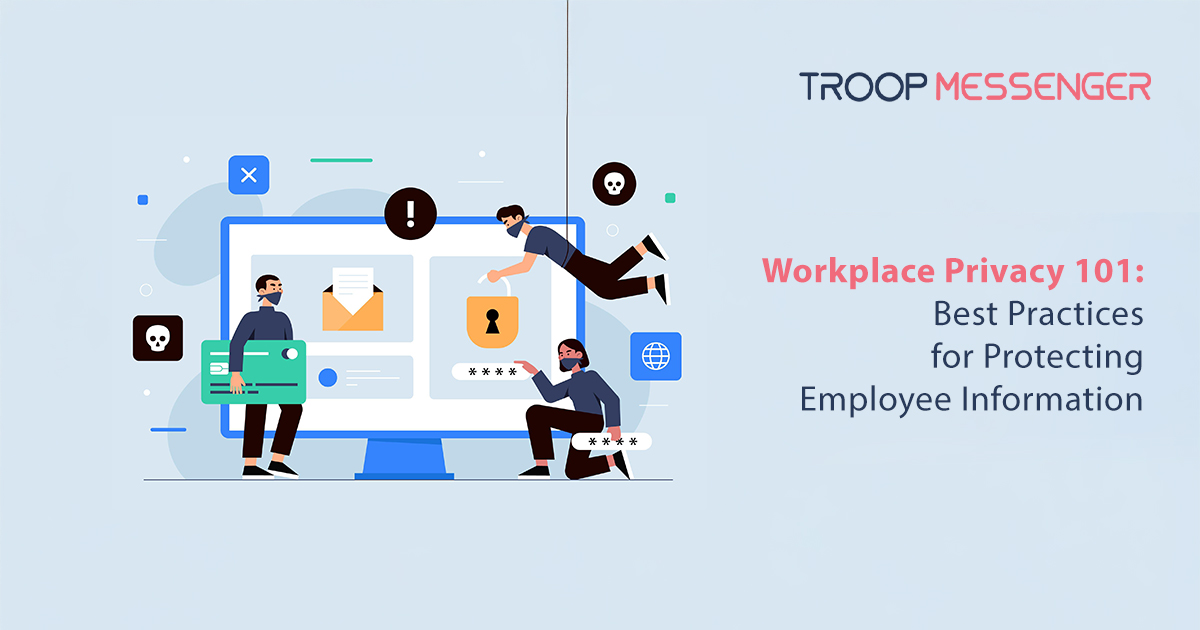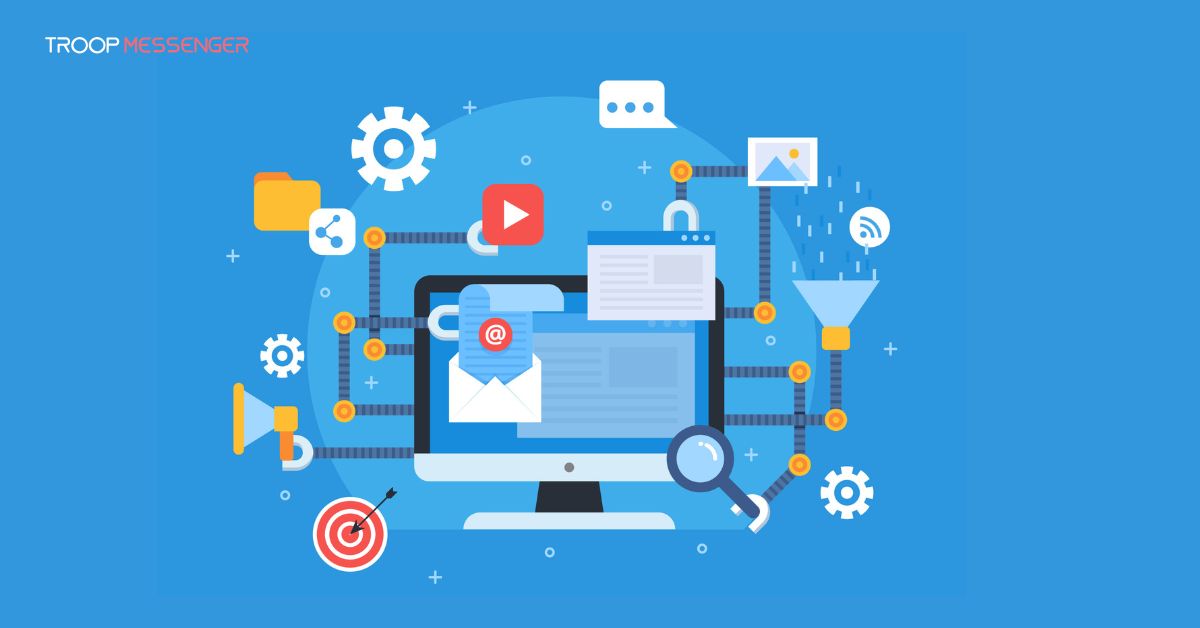Connect with us

9 Tips for Working Effectively With Developer Portals
The experience developers go through using developer portals is not always perfect. What leads to this? What is the difference between a perfect experience and one that does not work for developers?
Sometimes, a poor experience might be a result of an unreliable API. However, most of the time, it is caused by issues with the website developers use to gain access to the APIs. This website is known as the developer portal.
Table of Contents
What is a Developer Portal?
A developer portal is a bridge between an API consumer and the API producer. The API consumers are composed of the developer community while the producer is the API creator.
Developer portals make it possible for API consumers to use APIs and gain access to information about those APIs. This information might include guidance on how to integrate APIs, generation of client keys, user access, and general education about the API.
The success of APIs can be influenced by how developers work with developer portals. Here are a few tips for working effectively with them;
Onboarding Experience
The first impression developers have with developer portals can dictate whether they are going to use them or not. If you have decided to use a certain developer portal, you need to make sure that the onboarding process is easy.
Within the first five minutes of accessing the portal, you should be able to create an account and log in, create your authentication tokens or API keys, and connect to the API that you want to use.
Even though some portals might be a bit complicated depending on the APIs you want to use, five minutes should be the average onboarding time. In case you find challenges in this process, you will not be able to work effectively with that particular developer portal.
Beautiful Design
As a developer, you know that time is precious. So when you're working with developer portals, you need to find one that suits your needs in terms of design, documentation, and API endpoints. Otherwise, you risk slowing yourself down. Take the time to find a portal that works for you and your development process.
A developer portal’s design can be affected by small things such as a poorly chosen color palette. It can also be caused by cramming too much information into a limited area.
To work effectively with a developer portal, you need to choose one whose API creators have taken the time to study and understand your needs. They also need to understand the best practices when it comes to the design of their developer portals.
A good design will have an impact on how you will use a developer portal and can dictate the success of the APIs you are going to implement.
Code Examples
When working with a developer portal, you need code examples that show you how to use the APIs in that particular portal. Even though you might find these examples in the developer portal’s documentation, you should also get them in the portal itself.
This allows you to easily customize the code to meet your configuration and development needs. The best developer portals ensure that code, written in multiple client languages, is included in the portal.
You also need to look at the Postman scripts provided in the developer portal. Postman is one of the best API testing, client, and mocking tools used when consuming APIs.
You, therefore, need a portal that includes variables for a Postman environment to help you with things like API endpoints and key configuration.
Intuitive Developer Portals
The developer portal you choose to work with should be intuitive. This should include things like code examples, API documentation, API authentication, and API endpoints, among others.
There are standards to follow for all types of APIs, whether GraphQL, gRPC, or even REST. Even though some of these standards might not be straightforward, there are best practices to follow.
If a developer portal implements custom systems and standards, you will not be able to effectively use it. This is a recipe for the failure of applications implementing the APIs in that particular portal.
Test For Errors
It would be wrong for you to assume that the developer portal you are going to use does not have errors. When using these portals, smart developers try everything they can think of to see how they (the portals) respond.
To ensure that you have avoided any future challenges with developer portals, throw anything you can at them. There are things that API producers have not thought of or do not want you to see.
The best developer portals will provide you with well-documented and consistent error responses. Those using error codes should provide you with a URL for you to learn more about the error. This will dictate how effectively you will work with developer portals.
Well-Documented Developer Portals
Most developers find it challenging to work with developer portals that are not well documented. This is something you need to pay a lot of attention to if you want to work effectively with the choice of your developer portal.
You need to first come up with a list of the things that you expect to see in a developer portal documentation. This might include things like how interactive the platform is, changelog, and everything else that can help you when stuck.
For instance, if you’re integrating collaboration tools such as Troop Messenger chat APIs from the developer portal, you need documentation with a step-by-step guide on what to do. You also need to understand how the API calls differ between different versions as well as how tasks are performed.
Analytics and Logging
Most API creators do not think about analytics and logging as something that can affect the experience of developers when using developer portals. Logging, for instance, helps developers save time since they can easily see problems and rectify them.
Analytics, on the other hand, help developers understand the limits of the APIs in developer portals. For instance, a developer needs to understand the number of calls they can make with the chat APIs within a given time. This is normal and most developer portals will provide this information.
However, you also need analytics in the portal to help you when understand things like the methods and API endpoints that are called the most as well as the features and documentation pages you use the most.
With analytics and logging, you will get to see what is working best for you when using a developer portal. This way, you can eliminate any features that you do not need, or even ignore them.
Self-Service Developer Portal
Developers use developer portals for different things, but the primary focus of these portals is to enable them to gain access to and use APIs. They (developers) manage APIs, and their keys, and even create API proxies.
To ensure that you do not have any problems with a developer portal, you need to use portals that allow you to perform most functions on your own. You should be able to customize it according to your requirements without any help.
If you find yourself in a situation where you cannot use a developer portal without much assistance, you are likely going to have problems with the portal. Working effectively with a developer portal means that you have the flexibility to change what you want.
Simplicity
In conclusion, a developer portal should be easy to use. You do not need to use one that complicates simple processes as this will consume a lot of time. Look for developer portals that focus on single tasks at a time.
For instance, if your current state of access allows you to do a particular thing, the developer portal should focus on just that. It should not show you options that cannot help you as this can create a lot of confusion.
Developer experience on these portals needs to be optimized. Most API producers often forget about this or do not give it the attention it deserves. Following the tips discussed above is vital for effectively working with developer portals.
Conclusion
Mastering developer portals are essential for efficient development. By familiarizing yourself with the portal, reading documentation, and experimenting with APIs, you can enhance productivity and create innovative solutions. Embrace these tips to unlock the full potential of developer portals.








